How to Partition A Hard Drive in Windows 10 [2021 New]
2 Reliable Ways to Partition a Hard Drive in Windows 10
If you're looking for a reliable solution to create a partition or make a partition in Windows 10/8/7, there are two practical ways to partition a hard drive in Windows 10 for free.
Method 1. Partition a Hard Drive with Disk Management
To partition a drive in Windows 10 without formatting, you can use the built-in Disk Management tool. First, open the Disk Management tool by typing "diskmgmt.msc" in the Run dialog box (Windows key + R).
Step 1. Right-click the Windows icon, then click Disk Management.
If you have unallocated space on your computer disk, you can skip to Step 4. Otherwise, check if you have unallocated space and if not, follow our guide step-by-step. If you do have unallocated space, you can proceed directly to Step 4.
Step 2. Right-click the hard disk partition that you want to shrink, and select "Shrink Volume".
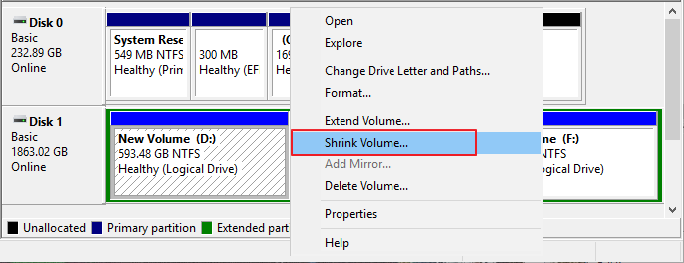
Step 3. Enter the amount of space you want to shrink in MB, then click on the "Shrink" button.
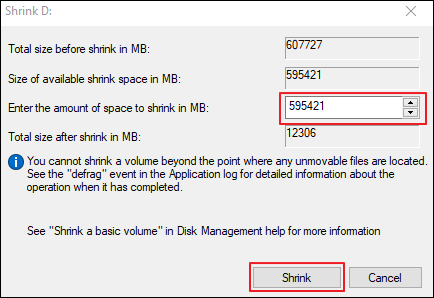
To create a bootable USB drive, you can use a tool like Rufus.
Step 4. Right-click on the unallocated space on your hard disk, and then select "New Simple Volume".
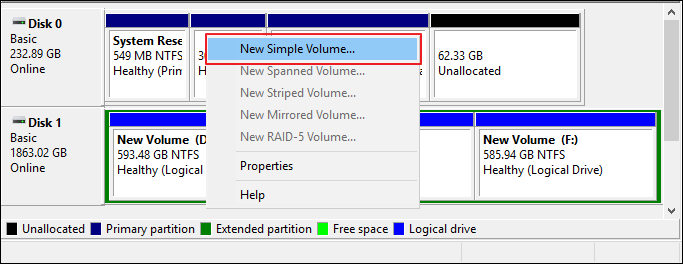
Step 5. In the New Simple Volume Wizard interface, click "Next".
Step 6. Enter the desired volume size in MB, and proceed with the next step by selecting "Next".
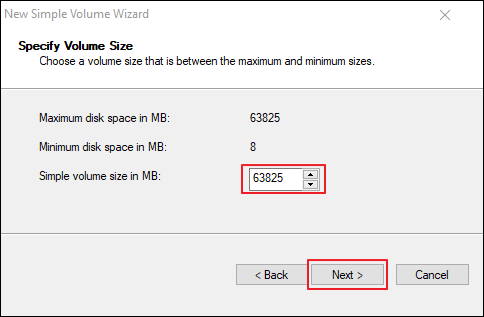
Step 7. Accept the default drive letter or choose a different letter for the partition, and then select "Next".
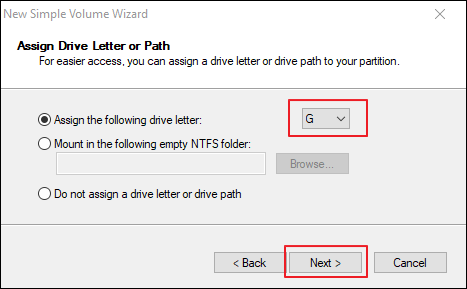
Step 8. Set the default file system as NTFS and click "Next" to format the volume.
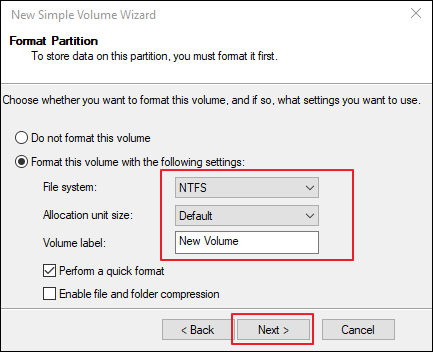
Step 9. Click "Finish" to complete creating a new partition in Windows 10.
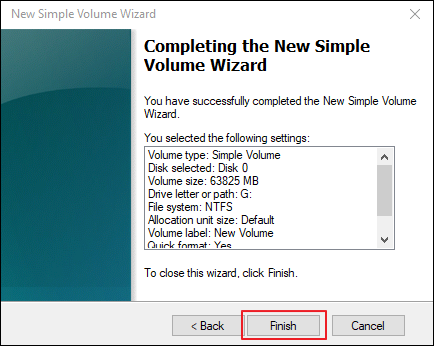
Method 2. Create Partition in Windows 10 via Qiling Free Partition Manager
To partition a hard drive, beginners may find the process complex when using Disk Management in Windows 10. A more efficient solution is to use a third-party free partition manager, such as Qiling Partition Master Free, which can assist with the process.
To create partitions in Windows 10, download Qiling partition manager, which is a free and user-friendly tool. Once installed, you can use it to create, delete, resize, and format partitions on your computer.
Qiling Partition Master Free
- Support creating, shrinking, extending, merging, moving partitions for free.
- Support disk surface test, converting file system, formatting/deleting volumes.
- The software supports cloning a hard drive, migrating an operating system to an HDD or SSD, and recovering partitions. (Advanced Features)
Steps to Partition Hard Drive (and Make Partitions) in Windows 10 with Qiling Partition Master:
Step 1. Check for free space
To divide a disk partition into multiple ones, you must ensure that there is adequate free space to be allotted.
Step 2. Shrink a disk partition to create unallocated space
To resize a partition, start with the "Resize/Move" feature, selecting a partition with ample free space, then click "Move/Resize".
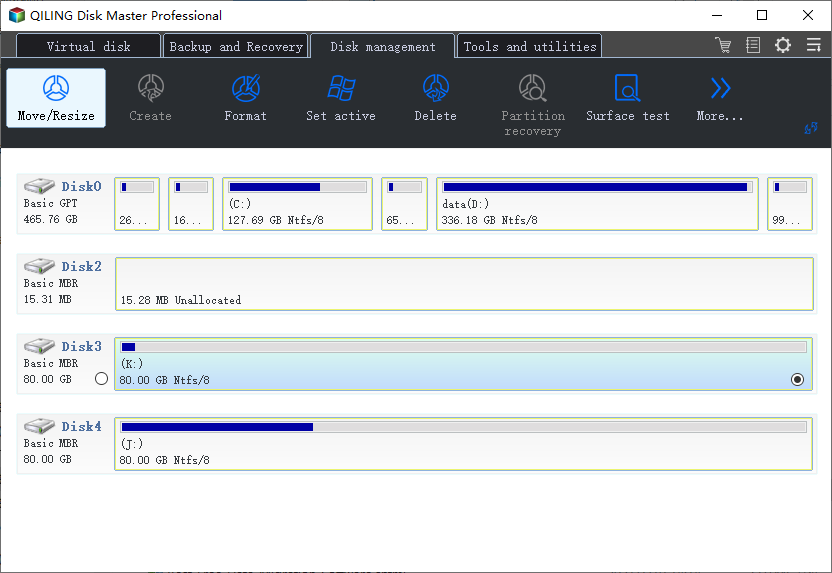
To free up unallocated space, drag either end of the partition to the right or left, allowing you to shrink its size. This will create ample unallocated space, and the "Partition size" area will display the amount of space that has been decreased.
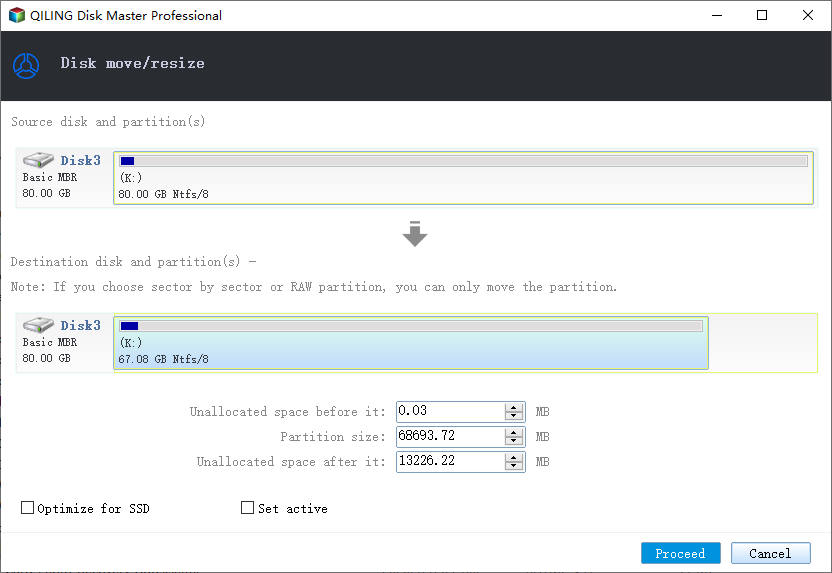
Click "Proceed" to resize the partition
Step 3. Create a new partition on unallocated space
The final step is to convert the unallocated space into a usable partition drive with a recognized file system. This is done by clicking on the unallocated space and selecting the "Create" option, which will turn it into a partition drive that can be used to store files.
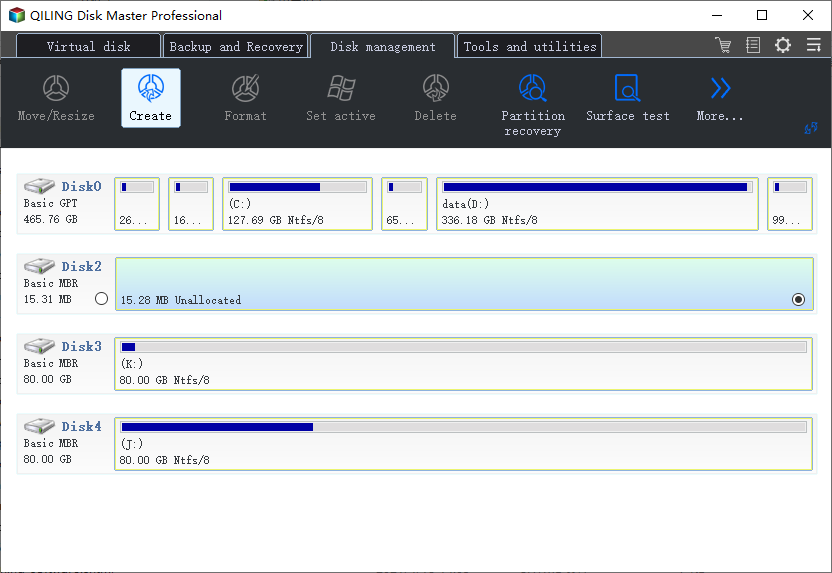
To customize the partition information, select a drive letter, partition label, and file system (such as NTFS, FAT32, or EXT2) from the Advanced Settings menu. This allows for detailed configuration of the partition settings.
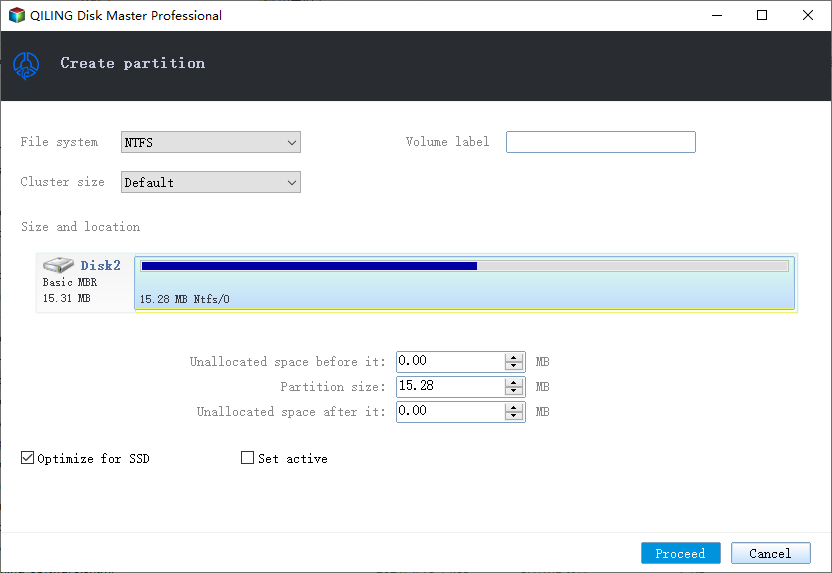
Click "Proceed" to create the partition
Bonus Tips: How To Format Partition (Volume) in Windows 10
To format an existing partition or change the volume format to a new file system, back up any important data on the partition, open the Disk Management tool (Windows) or Disk Utility (macOS), select the partition, and click the "Format" or "Erase" button. Choose the new file system format (e.
Step 1. Press Windows + R keys to open the Run box, type diskmgmt.msc, and hit Enter.
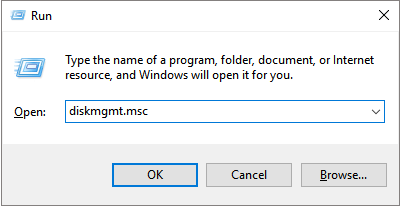
Step 2. Right-click the volume that you want to format, and then select "Format".
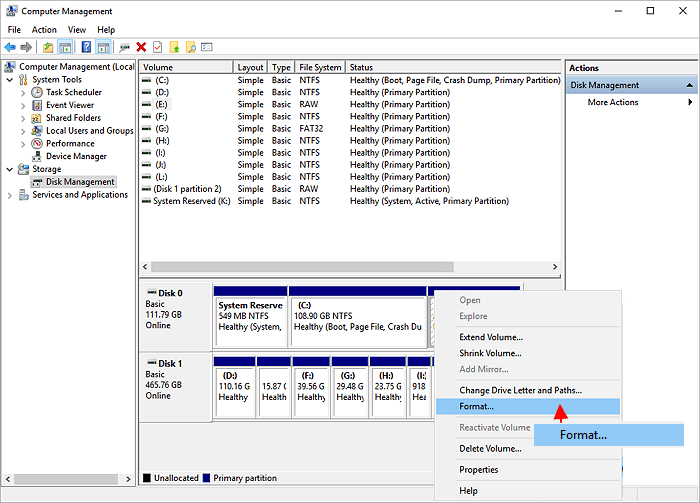
Step 3. To format the volume with the default settings, select "OK" in the Format dialog box, then select "OK" again.
Advantages of Disk Partition in Windows 10
Most Windows users are unaware of the importance and benefits of creating disk partitions on their computers, including Windows 10/8/7.
Advantages of Partition a Hard Drive vs. Disadvantages of Not Partition Hard Drive
| Advantages | Disadvantages |
|---|---|
|
|
How Many Partitions Can You Make On a Hard Drive:
- On an MBR disk, you can create a maximum of 4 partitions: 3 primary partitions and 1 extended partition, or 4 primary partitions.
- On GPT disk, there is no limit on the number of partitions that can be created.
- For MBR users who wish to make five partitions or more, you need to convert MBR to GPT.
Go and Partition Hard Drive in Windows 10, Make Use Of Your Drive Now
To partition a hard drive in Windows 10, you can use either Windows Disk Management or Qiling Partition Master Free, two commonly used disk partitioning tools. Based on your needs, you can choose the one that suits you best.
For beginners, Qiling Partition Master Free Edition is a more flexible and advisable option for partitioning a hard drive in Windows 10/8/7.
We also discussed the importance of disk partitioning, recommending Windows users to create partitions to safely manage their OS data, personal documents, and programs.
Related Articles
- Fix Diskpart Clean Not Working on Disk/USB/SD Card [5+ Fixes]
- How to Remove, Delete or Format GPT Disk Partition
- [2021] Three Ways to Convert MBR to GPT Disk on Windows 10
- Write Protected USB Format Tool / Removal Software Free Download
- How to protect your valuable data with continuous data backup software